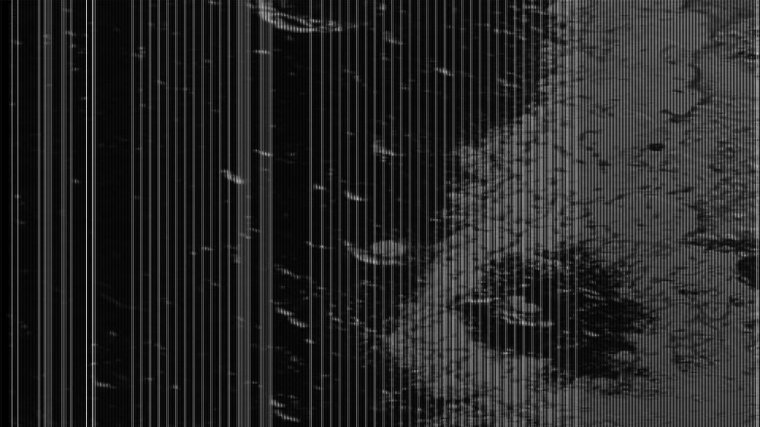| News / Space News |
New Horizons Finds Second Mountain Range in Pluto’s ‘Heart’
NASA | JULY 22, 2015
A newly discovered mountain range lies near the southwestern margin of Pluto’s Tombaugh Regio (Tombaugh Region), situated between bright, icy plains and dark, heavily-cratered terrain.

Second Mountain Range in Pluto’s ‘Heart’. ![]()
Pluto’s icy mountains have company. NASA’s New Horizons mission has discovered a new, apparently less lofty mountain range on the lower-left edge of Pluto’s best known feature, the bright, heart-shaped region named Tombaugh Regio (Tombaugh Region).
These newly-discovered frozen peaks are estimated to be one-half mile to one mile (1-1.5 kilometers) high.
The new range is just west of the region within Pluto’s heart called Sputnik Planum (Sputnik Plain). The peaks lie some 68 miles (110 kilometers) northwest of Norgay Montes discovered by New Horizons on July 15.
While Sputnik Planum is believed to be relatively young in geological terms – perhaps less than 100 million years old - the darker region probably dates back billions of years. Moore notes that the bright, sediment-like material appears to be filling in old craters (for example, the bright circular feature to the lower left of center).
YOU MAY ALSO LIKE


